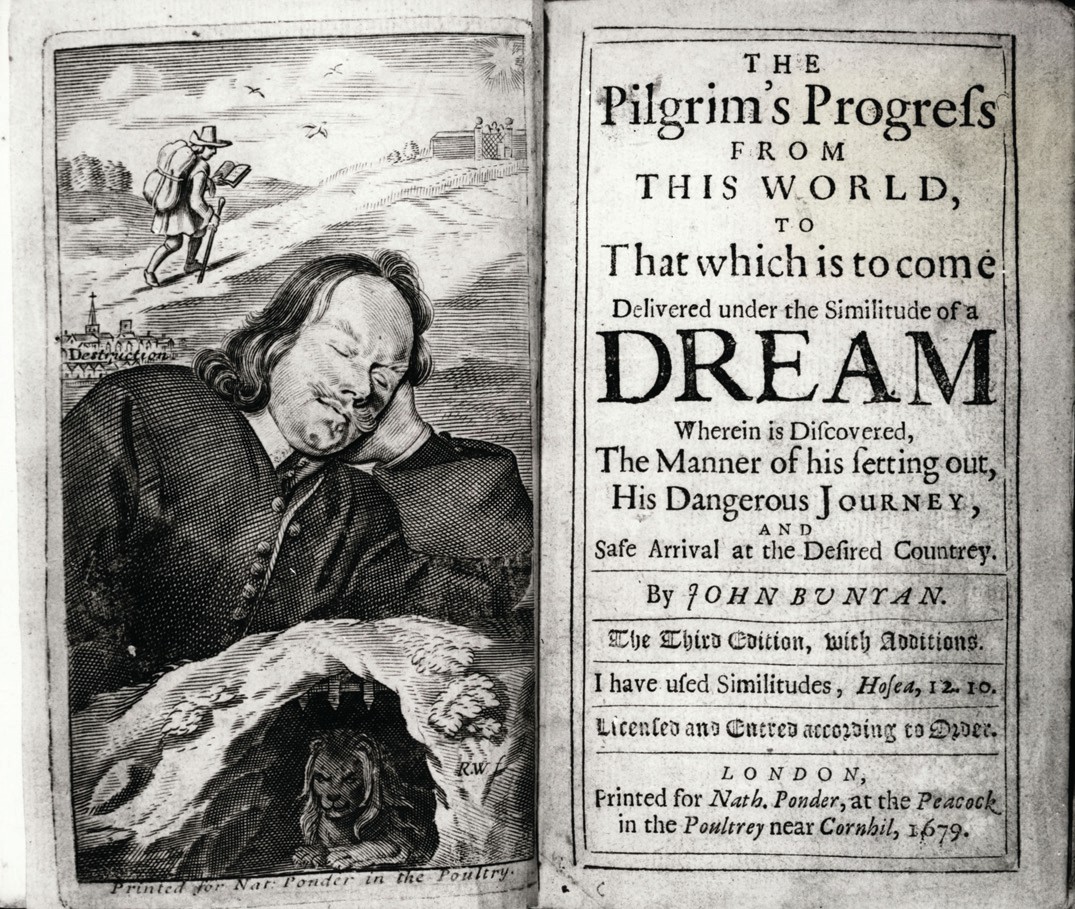
From the moment of its publication in 1678, The Pilgrim’s Progress has been the most widely read work of fiction in the English language. Such was its popularity that during the nineteenth century it became established as a classic book for children, and it greatly influenced writers like Charlotte Brontë, George Eliot and Charles Dickens. L. Frank Baum drew on it for much of the structure, imagery and narrative in The Wonderful Wizard of Oz. Like Christian, the central character in The Pilgrim’s Progress, Dorothy sets off on a journey that is also a psychological quest, in which she must face many dangers and temptations before reaching her final destination.
The Pilgrim’s Progress is an allegory in which the characters and places are given names indicating that they ‘stand for’ abstract qualities or ideas. Although on the surface it describes a journey, this is meant to reveal a deeper truth about the experience of undergoing a religious conversion. Christian’s pilgrimage takes him through places like the Slough of Despond, the Hill Difficulty, the Valley of the Shadow of Death, Vanity Fair and Doubting Castle before, finally, he enters the Celestial City. The book became an immediate and lasting success because of the vividness with which the characters are brought to life, especially in their speech and conversation.
Your organisation does not have access to this article.
Sign up today to give your students the edge they need to achieve their best grades with subject expertise
Subscribe




